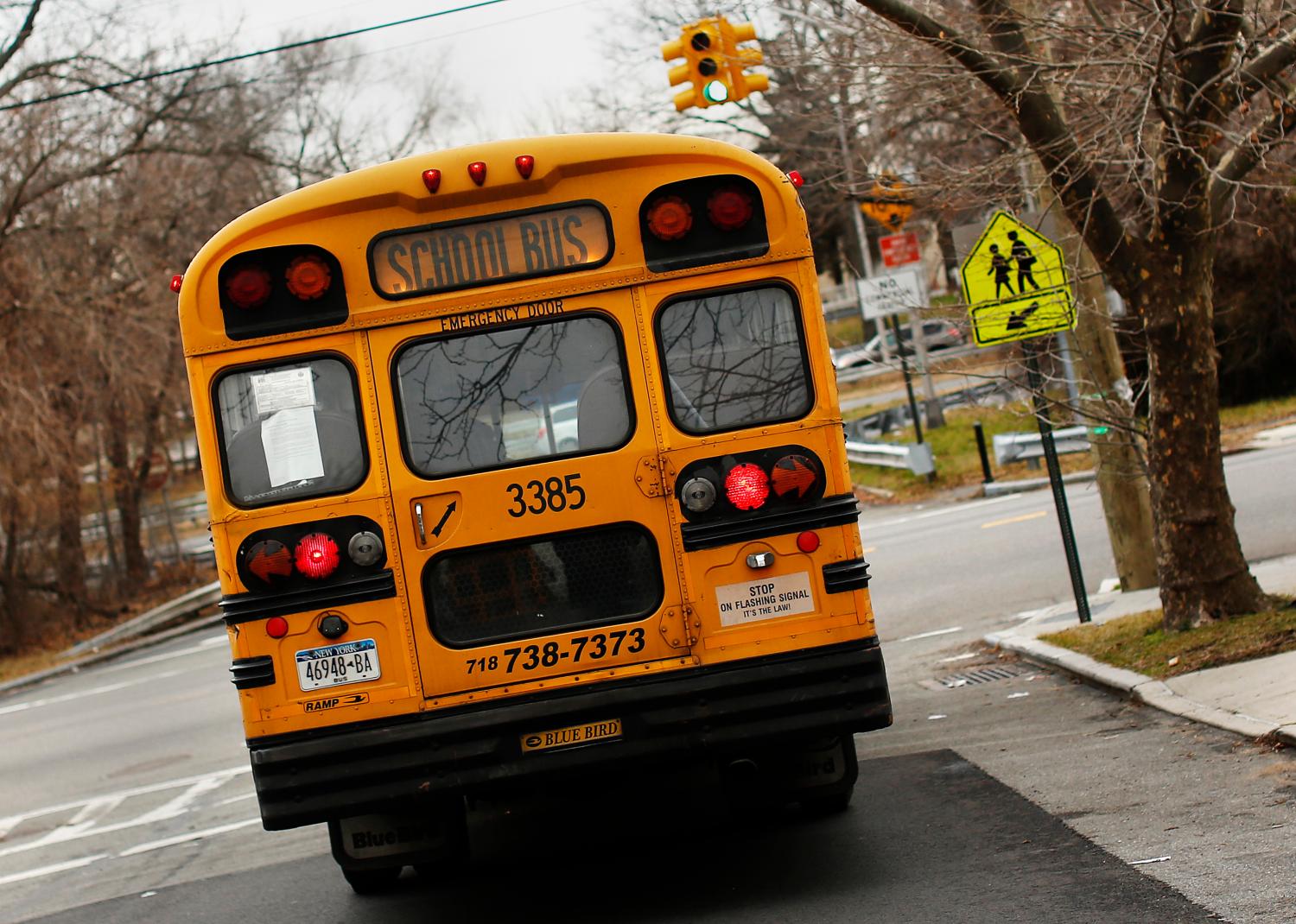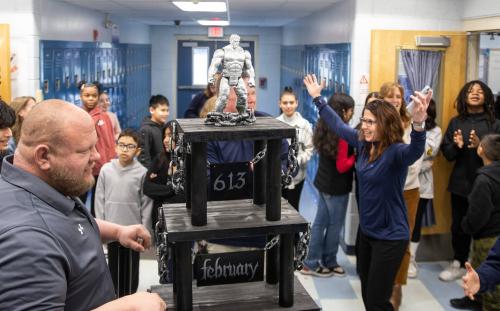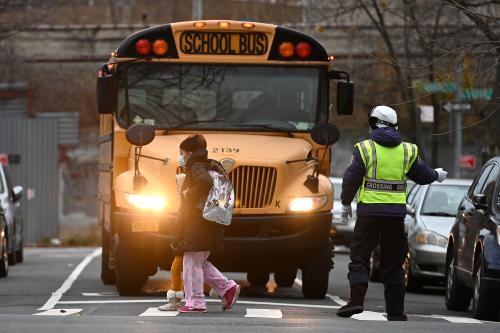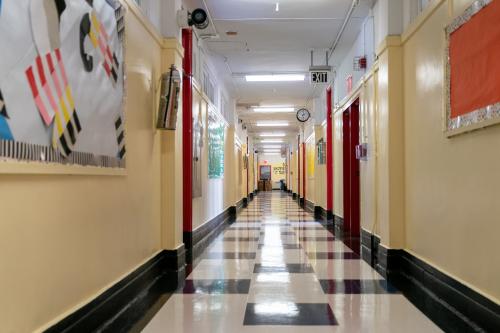Taking that big yellow bus to school has been part of American education since the early 20th century. And at its core, taking the school bus does something very fundamental–it physically brings students to school each and every morning. In fact, the school bus whisks about 25 million public school students per year to school. Yet, prior to my new study in Educational Evaluation and Policy Analysis, we had little evidence on whether taking the school bus to school (i.e., getting to school) was linked to whether students show up more often to school (i.e., going to school).
Why study the link between taking the school bus and school attendance? One reason is very clear: In the United States, we are currently in the midst of an “absenteeism crisis,” as phrased by now-Sen. Kamala Harris back when she was California’s attorney general. According to some estimates, as many as 5 million to 7.5 million children are missing one month or more of school each year. There are consequences of such dramatic absenteeism on child outcomes, like lower achievement and weakened social development. However, there are other important ramifications that we must consider, such as “congestion effects” (such as slowed instruction as a result of remediating returning students) and school finance effects (schools with lower average daily attendance rates receive fewer dollars from states, in many cases). So, currently, we are at a juncture where it is necessary to examine what factors might be linked to absenteeism. We need to know how schools might move the needle on school attendance.
To this effect, I asked whether taking the school bus to school was associated with fewer absences for children in kindergarten. There were three reasons why this inquiry made sense. First, out of all elementary years of school, kindergartners have the highest rate of absenteeism. For instance, in a study by Balfanz and Byrnes (2012), almost 25 percent of kindergartners were chronically absent in Oregon. By third grade, that percentage dropped to just under 15 percent in the state. Second, kindergarten represents an extremely fundamental transitional year of life, as it is the first year of formal schooling. Third, in kindergarten, children and families are still figuring out how to get to school in terms of routines (e.g., leaving the house the same day) and logistics (e.g., parents’ worrying about how children get to school). So, I inquired as to whether the bus might be one way to help address all of these issues.
To study the relationship between school bus service and attendance, I used a nationally representative dataset of children in kindergarten, the Early Childhood Longitudinal Study–Kindergarten Class of 2010-2011. In it, there are data on whether children took the school bus to school or got to school in any other way, with being driven by parent or carpool making up most of this other group. I compared children in both camps–bus takers versus others. To do so, I first controlled for observable differences between bus-takers and non-bus-takers, which I followed up with two robustness checks: comparing children within counties and creating observably comparable “treatment” and “control” groups. In all models, children who took the bus to school were 3 percentage points less likely to be chronically absent (i.e., those miss around 10 percent of the school year, according to common definition). Interestingly the results were not better or worse for specific subgroups (i.e., low income families, or those with longer commute times). Instead, all children seemed to benefit equally.
There are implications for moving forward from this initial, descriptive work. For instance, it is concerning to hear that one way districts have relieved recent financial pressure has been to cut bus service. Admittedly, bus service is expensive. The National Center for Education Statistics reported in 2016 that the national average per-pupil expenditure on public bus transportation was $961 in 2011-12; in constant dollars, that expense was only $531 in 1980-81. Overall, costs have increased in real dollars more than $12 million between the 1980-1 and 2011-12 school years. Yet before we are so brash to slash the bus budget line, policymakers and practitioners must take a step back and assess both the costs of providing bus service versus the costs of absenteeism. Reducing capacity might harm options by which families in our school systems can rely in order to send their children to school.
Services being slashed in lower-income districts is of particular concern. And in these lower-income districts, there are higher rates of absences. Therefore, this seems like a perfect storm, in a bad way. If resource-constrained districts have greater absence problems and cutting the very services like buses that may help to address this issue, then the students who require the greatest supports are losing them. Cutting off bus services in high-needs districts may ultimately widen achievement gaps between lower- and higher-income districts.
In sum, my study has brought to light a ubiquitous schooling practice that schools might more widely consider as a way to lower absences, from the individual student’s perspective but also when considering aggregate absenteeism for the district as a whole. Unique about bus-taking is that this is not simply a story regarding disadvantages and how they increase truancy, such as lower SES or engagement. Instead, the findings encourage us to adopt a more positive approach about what it takes to be present, such as what existing school levers might exist to get children physically into school. The positive link between bus-taking (compared to any other form of commute option) and fewer absences therefore urges further dialogue about how getting to school is linked to going to school.
The Brookings Institution is committed to quality, independence, and impact.
We are supported by a diverse array of funders. In line with our values and policies, each Brookings publication represents the sole views of its author(s).







